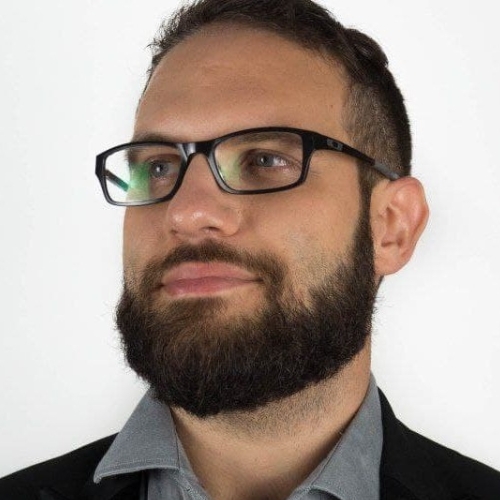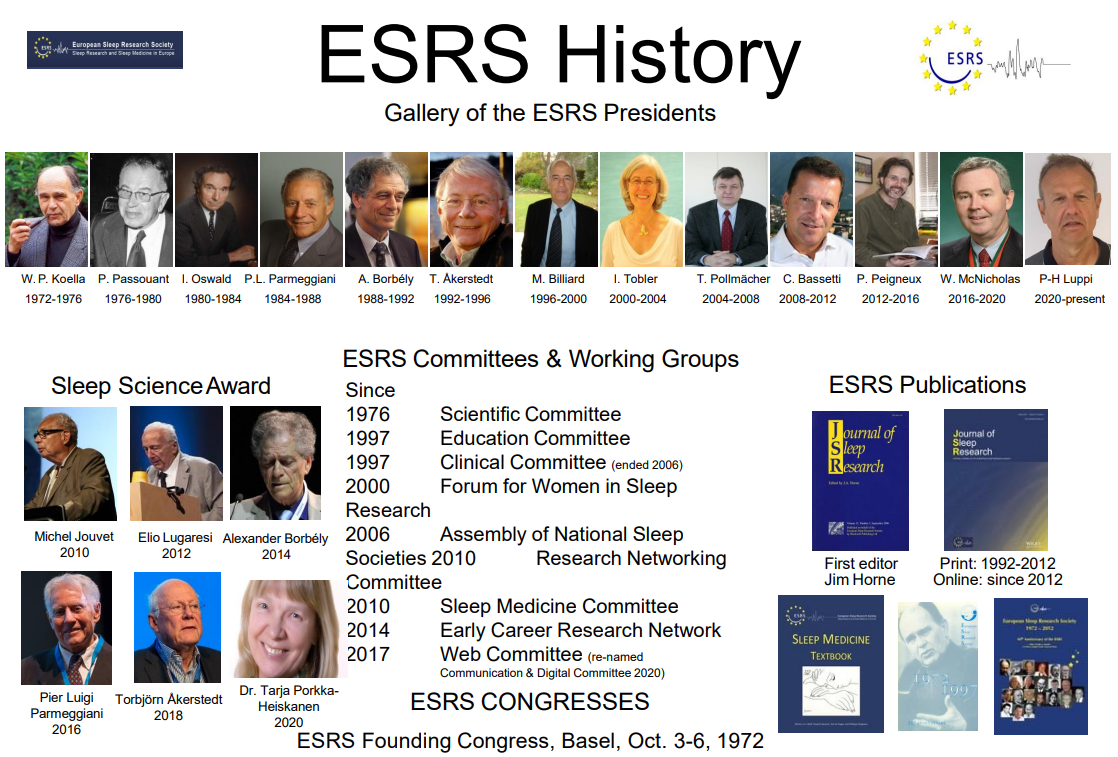Someone’s noise is someone else’s signal

Luca Cerina
PhD candidate, Technical University of Eindhoven, The Netherlands
It takes some effort
Whenever someone suffers from sleep-disordered breathing (SDB) or obstructive sleep apnea (OSA), it is useful to measure their respiratory effort to understand their breathing dynamics in detail. Even without clearly defined apneic events, patterns of increasing respiratory effort may be a marker of physiological dysfunctions [1].
In current clinical practice, measuring the respiratory effort involves invasive procedures, such as esophageal pressure sensors, that disrupt sleep or estimated with proxies, i.e., using respiratory belts. A more recent technique employs a pressure sensor placed on the suprasternal notch (SSN) to measure pressure swings in the trachea and allow for a more faithful detection of respiratory effort. [2]
Listening to a crowd
A downside of the suprasternal pressure sensor, common to other respiratory sensors, is its ability to detect signals extraneous to respiratory activity, such as snoring, and air swings caused by the beating of the heart, called cardiogenic oscillations. Snoring sits in the audible frequency range, so it’s easy to remove it. Instead cardiogenic oscillations are close to respiratory frequency and can be strong enough to hamper the quality of the respiratory signal and limit its clinical value.
Free two birds with one key
Although cardiogenic oscillations are considered noise and filtered out with various techniques [3,4], we see them as a potentially interesting source of information, as they may highlight certain cardiac mechanisms related to pulmonary arteries.
Therefore, we designed a method that estimates heart rate directly from the SSn signal, and tune a time-varying filter upon that. Then we can obtain two signals from a single sensor: respiratory activity cleaned of cardiogenic oscillations and cardiac activity uncoupled from respiration.
We believe that similar techniques may lead to more compact, but information-rich, sensing methodologies to measure and analyse sleep, driving research further.
Check out Luca Cerina’s ePoster on “Extraction of cardiac-related signal from suprasternal pressure sensor in polysomnography” at Sleep Europe 2022, by logging in to the virtual platform. Alternatively, you can read the abstract here.
References
- Chandra, Subani et al. “Respiratory effort-related arousals contribute to sympathetic modulation of heart rate variability.” Sleep and Breathing 17 (2013): 1193-1200.
- Glos, Martin et al. “Characterization of Respiratory Events in Obstructive Sleep Apnea Using Suprasternal Pressure Monitoring.” Journal of clinical sleep medicine : JCSM : official publication of the American Academy of Sleep Medicine 14 3 (2018): 359-369.
- Zara, Michael et al. “Suppression of Cardiogenic Oscillations in Esophageal Pressure Signals Using Ensemble Empirical Mode Decomposition.” (2018).
- Pagano, Parwane P et al. “Separation of cardiogenic oscillations from airflow waveforms using singular spectrum analysis.” Computer methods and programs in biomedicine 220 (2022): 106803.
ESRS Reminders
Upcoming Hot Topics in OSA Webinar – Register Today
REGISTER TODAY for the upcoming ESRS webinar on “Hot Topics in Obstructive Sleep Apnea – A European View”. On Friday, 10 March 2023 at 14:00 – 16:00 CET, Prof. Dr. Dirk Pevernagie will lead an expert panel including Dr. Erna Sif Arnardottir, Prof. Dr. Maria Bonsignore, Prof. Dr. Walter McNicholas, Prof. Dr. Winfried Randerath and Prof. Dr. Ludger Grote through presentations and subsequent discussion on various aspects of OSA including revolutionising diagnosis, comorbidities and treatment.
eSleepEurope 2023 Virtual Congress
SAVE THE DATE for eSleep Europe 2023 – ESRS’s virtual sleep congress. This will be held 4–6 October 2023. Join us from anywhere in the world! We have dedicated a half day to each of the 6 sleep speciality tracks: Basic Animal, Basic Human, Neurology, Public Health, Psychiatry and Respiratory. Each track will feature a keynote speaker, year in review, curated symposia, debates and interactive research presentations. Prepare your abstract now, submission will open 1 March!
Recent publications from ESRS members
- Provini & Ferri (2023). Excessive daytime sleepiness in Parkinson Disease: the key is beyond sleep macrostructure. Sleep.
- Riemann (2023). Heatwaves and sleep, sleep and development, mood, neurological disorders and much more! J Sleep Res.
- Salfi et al. (2023). The role of insomnia in the vulnerability to depressive and anxiety symptoms in atopic dermatitis adult patients. Arch Dermatol Res.
- Espie (2023). Revisiting the Psychobiological Inhibition Model: a conceptual framework for understanding and treating insomnia using cognitive and behavioural therapeutics (CBTx). J Sleep Res.
- Markovic et al. (2023). The sleeping brain’s connectivity and family environment: characterizing sleep EEG coherence in an infant cohort. Sci Rep.
- Jaramillo et al. (2023). An Infant Sleep Electroencephalographic Marker of Thalamocortical Connectivity Predicts Behavioral Outcome in Late Infancy. Neuroimage.
- Ancelin et al. (2023). Brain-derived neurotrophic factor (BDNF) variants and promoter I methylation are associated with prolonged nocturnal awakenings in older adults. J Sleep Res.
- Malhotra et al. (2023). Dose-Response Relationship between Obstructive Sleep Apnea Therapy Adherence and Healthcare Utilization. Ann Am Thorac Soc.
- Philip et al. (2023). The Bordeaux Sleepiness Scale (BOSS): a new questionnaire to measure sleep-related driving risk. J Clin Sleep Med.
- Seah et al. (2023). Hour-to-hour variability of respiratory sleep indices and ambulatory blood pressure. Sleep.




